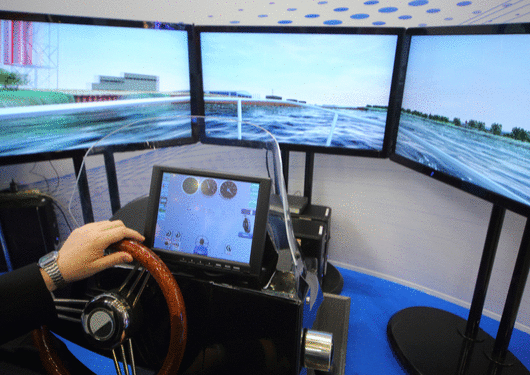
Visit Our Sponsors |
|
|
|
|
|
|
|
|
|
|
|
|
|
|
|
|
|
|
|
|
|
|
|
|
|
|
|
|
|
|
|
|
|
|
|
|
|
|
|
|
|
|
|
|
|
|
|
|
|
|
|
|
|
|
|
|

This is a company that employs truck drivers, is how the talk begins. The coders are sometimes taken aback - this differs from the usual change-the-world spiel deployed in hiring meetings. Truckers have very different ideas and different experiences from people like you, Seltz-Axmacher continues. Statistically speaking, many of them are Trump voters. They will say things that you may find startling. Not in a malicious way, but because people from, say, rural West Virginia talk differently than people from San Francisco. Can you handle that?
“Not everybody can,” Seltz-Axmacher says over beers in Fort Lauderdale, where Starsky does some of its testing. “And that’s OK.”
Most driverless vehicle operations, including those at Ford Motor Co. and Alphabet Inc.’s Waymo, are focused on developing cars or trucks that operate with no human oversight at all, or “level 4 autonomy.” The idea is that a passenger could safely take a nap, send a text, or tie one on while the software worries about the road, but that kind of freedom could be decades away. Seltz-Axmacher, Starsky’s co-founder and chief executive officer, is attempting something that’s both more modest and, potentially, more disruptive to U.S. employment. His company has designed an artificial intelligence system for big-rig trucks that makes them mostly self-sufficient on highways, and then, when it’s time to exit onto local roads, allows them to be taken over and driven from a remote operations center. The plan is to eventually employ dozens of drivers, each of whom will keep an eye on a few trucks at once, sitting before arrays of monitors livestreaming views of windshields and mirrors. The company’s name is a reference to a CB radio slang term for when drivers work in teams — that is, like the title characters of the 1970s TV series Starsky & Hutch.
RELATED CONTENT
RELATED VIDEOS
Timely, incisive articles delivered directly to your inbox.







